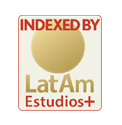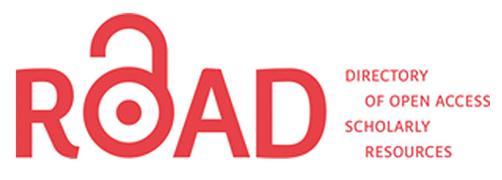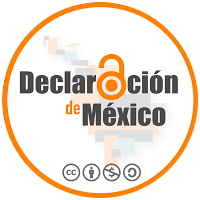Artivismo: el sentido de una vida
Recuerdo de Rafael Santos desde su archivo personal
DOI:
https://doi.org/10.24215/24691879e053Palabras clave:
Rafael Santos, archivo de arte, medioambienteResumen
El presente trabajo propone ahondar sobre el archivo personal de Rafael Santos (1961- 2021), artista argentino que ha dedicado su trayectoria a la temática medioambiental. Para ello, se considera como caso de estudio la exposición Abuso de sustancias, llevada a cabo en la Biblioteca de la Universidad Nacional de La Plata en 2017. Su abordaje da cuenta de las tensiones que se generan al intentar definir el archivo, abriendo lugar a cuestionamientos sobre la relación entre este último y su labor artística. De esta manera, se logra complejizar y enriquecer la concepción del término, además de dar cuenta de la consistencia de la práctica artística de Rafael Santos y la sensible vigencia de su mirada.Citas
Ardenne, P. (2006). Un Arte Contextual. Creación artística en medio urbano, en situación, de intrevención, de partipación. Cendeac.
Derrida, J. (1997). Mal de archivo. Una impresión freudiana [fragmentos seleccionados]. Trotta.
Foster, H. (2016). El impulso de archivo. Nimio, (3), 82-101. http://papelcosido.fba.unlp.edu.ar/ojs/index.php/nimio/article/view/351/586
Foto Al Aire (17 de mayo de 2017). «ABUSO DE SUSTANCIAS»: «La fotografía como germen de memoria» [Programa de radio]. Radio Estación Sur, Foto Al Aire. La Plata. Centro de Cultura y Comunicación. https://radioestacionsur.org/abuso-de-sustancias-la-fotografia-como-germen-de-memoria/
Foucault, M. (1979). Introducción y El a priori histórico y el archivo. En La arqueología del saber (pp.3–29); (pp.214-223). Siglo veintiuno editores.
Giglietti, N. (2022). El proyecto que devino en Archivo. En N Giglietti y E. Sedán (Coord.) Escrituras de trastienda. Teoría, historia, arte y archivo. Editorial de la Universidad Nacional de La Plata (EDULP).
Giunta, A. (2010). Archivos. Políticas del conocimiento en el arte de América Latina. ERRATA. Revista de Artes Visuales, (1), 20-38. https://issuu.com/revistaerrata/docs/revista_de_artes_visuales_errata_1_issuu
Guasch, A. M. (2011). Arte y archivo, 1920-2010: genealogías, tipologías y discontinuidades. Ediciones Akal.
Ricoeur, P. (2004). La memoria, la historia, el olvido. Fondo de cultura económica de Argentina S.A.
Tello, Andrés Maximiliano (2018). Una archivología (im)posible. Sobre la noción de archivo en el pensamiento filosófico. Síntesis Revista de Filosofía (1), 43-65.
Descargas
Publicado
Cómo citar
Número
Sección
Licencia

Esta obra está bajo una licencia internacional Creative Commons Atribución-NoComercial-CompartirIgual 4.0.
Política vigente desde 2019
La aceptación de un original por parte de la revista implica la cesión no exclusiva de los derechos patrimoniales de los/as autores/as en favor del editor, quien permite la reutilización, luego de su edición (posprint), bajo una Licencia Creative Commons Atribución- NoComercial-CompartirIgual 4.0 Internacional (CC BY-NC-SA 4.0)
Acorde a estos términos, el material se puede compartir (copiar y redistribuir en cualquier medio o formato) y adaptar (remezclar, transformar y crear a partir del material otra obra), siempre que a) se cite la autoría y la fuente original de su publicación (revista y URL de la obra), b) no se use para fines comerciales y c) se mantengan los mismos términos de la licencia.
La cesión de derechos no exclusivos implica que luego de su edición (posprint) en Nimio las/os autoras/es pueden publicar su trabajo en cualquier idioma, medio y formato; en tales casos, se solicita que se consigne que el material fue publicado originalmente en esta revista.
Tal cesión supone, también, la autorización de los/as autores/as para que el trabajo sea cosechado por SEDICI, el repositorio institucional de la Universidad Nacional de La Plata, y sea difundido en las bases de datos que el equipo editorial considere adecuadas para incrementar la visibilidad de la publicación y de sus autores/as.
Asimismo, la revista incentiva a las/os autoras/es para que luego de su publicación en Nimio depositen sus producciones en otros repositorios institucionales y temáticos, bajo el principio de que ofrecer a la sociedad la producción científica y académica sin restricciones contribuye a un mayor intercambio del conocimiento global.

























